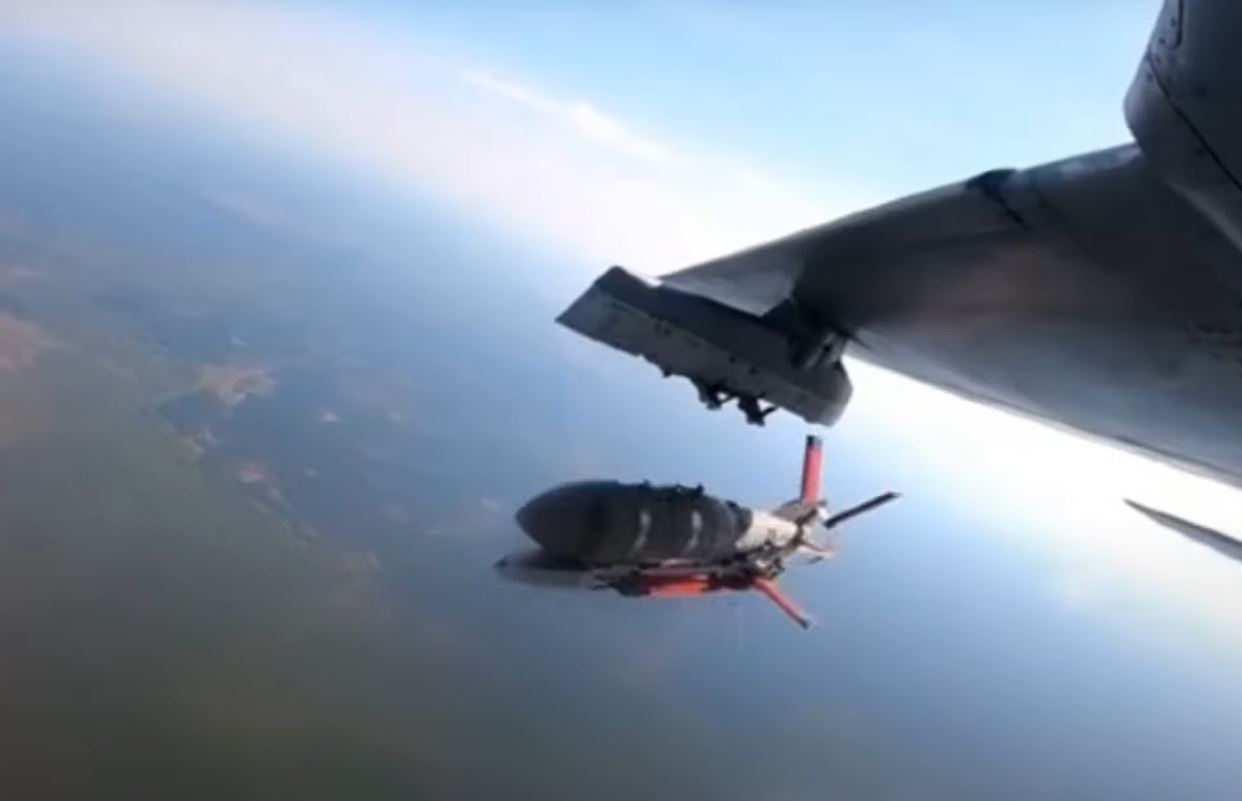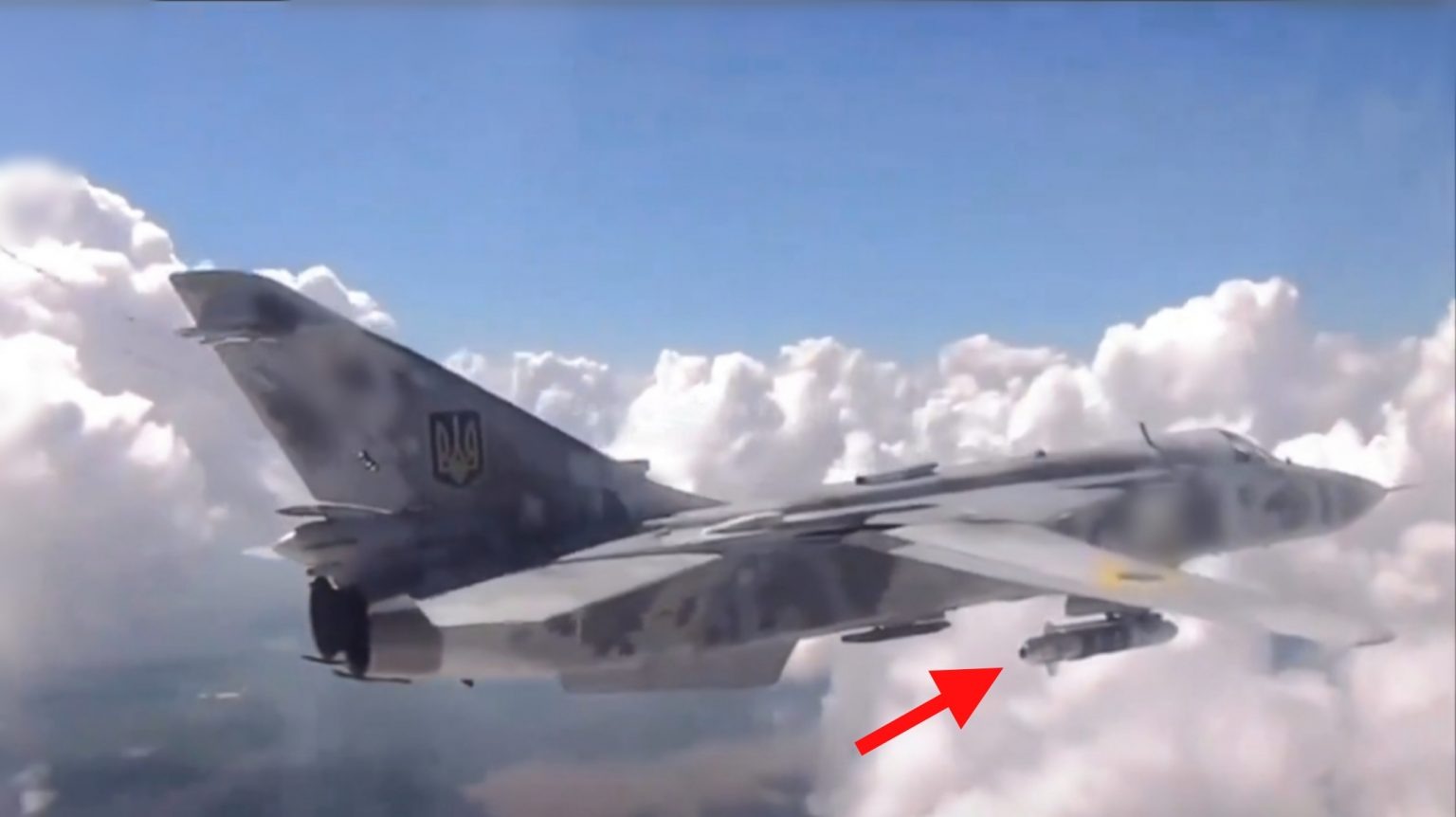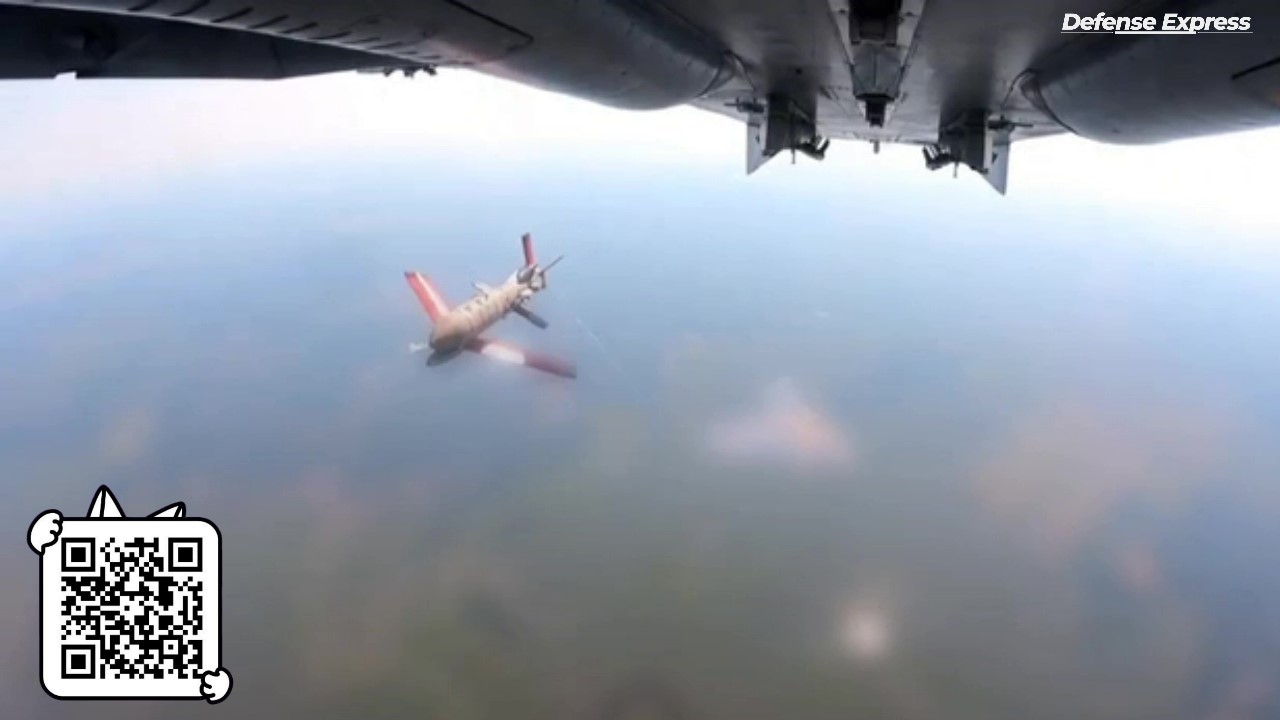A Ukrainian-designed aerial bomb with a 60 km strike range has successfully passed flight tests, with plans underway to increase its range to 80 km. The development comes amid growing domestic demand for long-range guided munitions, as Western supplies fall short.
Russia has been actively using UMPK — cheap guidance modules for aerial bombs — since 2023, significantly increasing the horizontal range of its strikes and enabling aircraft to operate from safer positions behind the front lines. Meanwhile, Ukraine relies on a very limited supply of Western-delivered weapons, such as the JDAM kit or the AASM Hammer.
Ukrainian “KAB” flies 60 km in tests
The Ukrainian design bureau Medoid is developing a domestic version of the Russian Unified Gliding and Correction Module (UMPK), known in Ukraine as KAB. According to Defense Express, the new system transforms a conventional aerial bomb into a precision-guided gliding weapon. Video footage of the trials, cleared for public release, shows the KAB being deployed from a Su-24 bomber during level flight.
The bomb successfully achieved a 60 km flight and accurately hit its target, according to the report. Developers told Defense Express that this range meets current military requirements as determined in coordination with Ukraine’s Ministry of Defense. Work is ongoing to push the system’s capabilities further, potentially up to 80 km. Theoretically, with a drop altitude of 10 km, the range could reach 100 km, depending on deployment tactics.
Russian looks, Ukrainian core
While the external appearance mirrors the Russian UMPK to expedite development, its internal systems are distinct.
“We didn’t waste time reinventing the wheel. The outer look is similar, but inside it’s ours — designed for better precision,” said Oleh Vostrykh from KB Medoid, speaking to Defense Express.
The bomb features a domestically developed guidance and planning module compatible with 500-kg bombs. The modular wings are designed for quick attachment, requiring only minutes for full setup. Most components are made in Ukraine, although some parts still need to be imported.
The navigation module is Ukrainian, though the developers are also testing a new system from a leading French company. That tech aims to maximize resistance to electronic warfare (EW) disruptions.

Tests continue, but funding needed
Tests have so far shown positive outcomes for flight range and targeting performance. According to Vostrykh, about ten more test drops are required before approval by the Ministry of Defense. However, development progress now largely depends on funding.
A “Charity Fund for Advanced Technologies” tied to the bureau is now seeking donations to complete the testing cycle. Each bomb costs around 1,200,000 UAH, or approximately $25,000. That cost is already lower than Western equivalents, even at the prototype stage.
High demand outpaces Western supply
Ukrainian forces currently require at least 100 long-range guided bombs daily. That need is only partially met by Western weapons such as JDAM-ER, AASM Hammer, or GBU-39/B SDB. This shortfall makes the Ukrainian KAB a critical asset moving forward.

According to Militarnyi, there are likely several similar munitions under testing in Ukraine. The Air Force reportedly trialed another version of the UMPK-style bomb back in September, and there are indications of their use in actual combat — such as in the Kherson direction — where a weapon of over 100 kg struck Russian positions.
Read also
-
Ukraine may receive state-of-art NATO technologies, capable of destroying Russian glide bombs and drone swarms
-
Ukrainian airstrike levels Russian military facility in Kursk Oblast (video)
-
Ukraine learned how to jam Russian bombs. So Russia made them fly beyond the jammers
-
Russia kills two women in Kupiansk, hitting the city with 500 and 1,500 kg bombs




